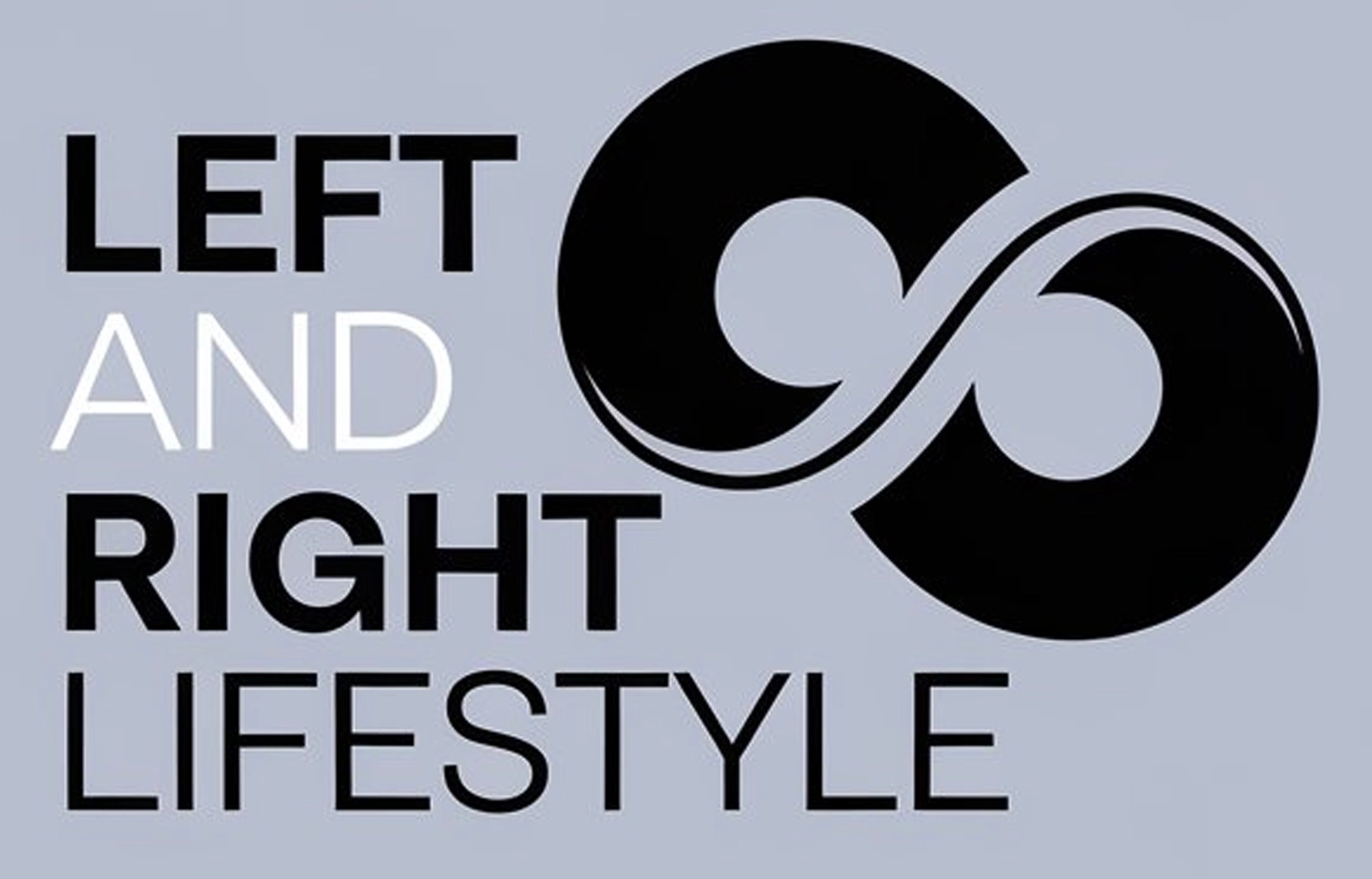Alcohol consumption is a common social activity, but its effects on the brain can be profound and damaging. While many are aware of the short-term impacts, the long-term damage alcohol inflicts on neural tissue often goes unnoticed until it’s too late. Understanding the sequential nature of how alcohol attacks the brain can help in making informed decisions about alcohol consumption. This article breaks down the three key stages of alcohol’s impact on the brain, based on the information provided.
1. The Frontal Lobe: Impairment of Motor Coordination and Decision Making
The first area of the brain that alcohol affects is the frontal lobe. This region is crucial for decision making, problem-solving, and controlling behavior and emotions. When alcohol enters the bloodstream, it quickly reaches the brain and begins to disrupt the normal functioning of the frontal lobe. This disruption can manifest in several ways:
**Impaired Motor Coordination**: Alcohol can make it difficult for your brain to communicate effectively with your muscles, leading to clumsiness, difficulty walking, and impaired reaction times.
**Poor Decision Making**: The frontal lobe is responsible for judgment and decision-making. When alcohol impairs this part of the brain, individuals may engage in risky behaviors they would normally avoid, such as driving under the influence, getting into fights, or making regrettable social decisions.
The impairment of the frontal lobe is often one of the first signs that a person has consumed too much alcohol, and it serves as an early warning of the potential for further, more severe damage if drinking continues.
2. The Midbrain: Loss of Emotional Control and Increased Blackout Risk
After impairing the frontal lobe, alcohol moves on to attack the midbrain. The midbrain is a critical part of the brainstem involved in controlling emotions, and it plays a key role in memory formation. As alcohol takes hold of the midbrain, the following effects become apparent:
**Emotional Instability**: The midbrain is responsible for regulating emotions. When alcohol affects this area, individuals may experience exaggerated emotional responses, such as extreme sadness, anger, or euphoria. This loss of control over emotions can lead to volatile behavior and strained relationships.
**Increased Risk of Blackouts**: As alcohol continues to affect the midbrain, it disrupts the brain’s ability to form new memories. This can result in blackouts, where the person is awake and active but will have no recollection of what happened during that period. Blackouts are a clear sign of significant alcohol intoxication and can lead to dangerous situations, as the individual may not be aware of their actions or surroundings.
The impact on the midbrain highlights the deeper cognitive and emotional consequences of alcohol consumption, beyond the initial impairment of motor skills and judgment.
3. The Brainstem: Dangerously Affecting Vital Functions
The final stage of alcohol’s attack on the brain occurs when it reaches the brainstem. The brainstem is responsible for regulating essential bodily functions, such as heart rate, breathing, body temperature, and consciousness. When alcohol affects this critical area, the consequences can be life-threatening:
**Heart Rate and Breathing**: Alcohol can slow down the brainstem’s regulation of heart rate and breathing. In extreme cases, this can lead to respiratory arrest, where the person stops breathing altogether, or cardiac arrest, where the heart stops beating. Both conditions are medical emergencies that require immediate intervention.
**Body Temperature**: The brainstem also helps regulate body temperature. Alcohol can cause the body to lose heat more rapidly, leading to hypothermia, especially in cold environments. Hypothermia is a dangerous condition where the body’s core temperature drops to a point where it can no longer function properly.
**Loss of Consciousness**: As alcohol continues to affect the brainstem, the risk of losing consciousness increases. This can range from drowsiness and passing out to slipping into a coma. If not properly monitored, a person could be at risk of choking on their vomit, which can be fatal.
The brainstem’s role in maintaining vital functions makes this stage of alcohol’s impact the most dangerous. Once alcohol reaches this point, it can cause irreversible damage or even death.
Conclusion
The effects of alcohol on the brain are not limited to the immediate sensation of being intoxicated. The damage occurs in a sequential manner, starting with impaired motor coordination and decision-making, moving to emotional instability and memory loss, and culminating in the potential for life-threatening conditions. Understanding these stages can provide valuable insight into the risks associated with alcohol consumption and the importance of drinking responsibly.
The next time you consider reaching for that extra drink, remember the path it will take through your brain and the lasting impact it could have on your health and well-being.
